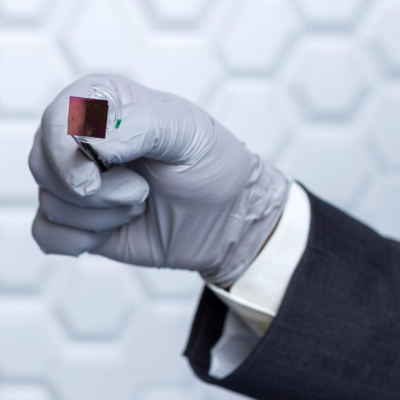Microsoft Research has taken another step towards creating a DNA storage device the size of a small refrigerator that could potentially meet the entire storage needs of humanity. With the rapid increase in storage demand due to the internet and digitization, traditional storage media may not be able to keep up in the near future. DNA, with its high storage density and durability, is being considered as a possible solution for the storage medium of the future. Microsoft Research is one of the leading companies in the field of DNA storage, having already stored 200 megabytes of data in DNA in 2016 and the entire English Wikipedia (16 terabytes) in 2019.
In a recent publication in the journal Science Advances, Microsoft Research and researchers from the Molecular Information Systems Laboratory at the University of Washington in Seattle presented a new system for writing and reading DNA storage. They developed a DNA storage write mechanism on a nanochip that is significantly smaller and more efficient than previous read-write devices for DNA storage. It is expected to be able to write 25 x 10^6 sequences per square centimeter, which is 1,000 times denser than previous DNA storage devices. Data is stored in a DNA strand by converting digital information from zeros and ones into adenine (A), cytosine (C), guanine (G), and thymine (T), which are the bases that make up DNA.
According to Microsoft Research, the maximum storage density of DNA is one exabyte per square inch (6.45 square centimeters). The entire storage demand in 2024, which is predicted to be nearly 9 zettabytes by the International Data Corporation, could be met by a DNA storage device the size of a small refrigerator. With the potential for faster storage and lower costs for synthesizing a DNA chain, the development of a DNA storage device could revolutionize the way we store and access data in the future.







